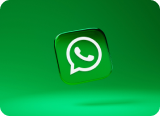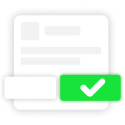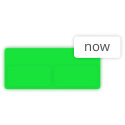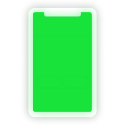-
Products
- Outreach
- Engagement
-
Channels API
- WhatsApp Business Platform Leverage WhatsApp to meet customers on their preferred channel
- Viber for Business Use Viber’s two-way rich messaging capabilities to power customer conversations
- Apple Messages for Business Elevate customer support for all Apple users
- Push Messaging Boost app engagement with timely, personalized messages that drive customers to take desired actions
- SMS Send time-sensitive messages on a channel that all mobile devices support
-
Solutions
- Retail & E-commerce Grow your retail brand with personalized messaging solutions
- Education Increase enrollments and reduce churn
- FMCG Stand out with digital promotions, automated order tracking, 24×7 customer support
- Real Estate Promote listings of properties digitally, answer queries, and boost sales
- Healthcare Redefine healthcare delivery for patients and providers
- Automotive Improve conversions of your auto business with digital platforms
- Banking Serve a wide variety of use cases for banking and insurance customers
- HORECA Increase customer loyalty through online bookings, exclusive discounts, timely alerts
- Partners
-
Resources
-
Resources
- White Papers Read our insightful white papers for in-depth analyses of diverse topics related to digital communications
- Articles Get the lowdown on a variety of hot-button topics on CX
- Case Studies Find out how our customers are benefitting from our market-leading digital communication solutions
- Documentation Find detailed descriptions of our products
- Featured reads
-
Resources
- Company











